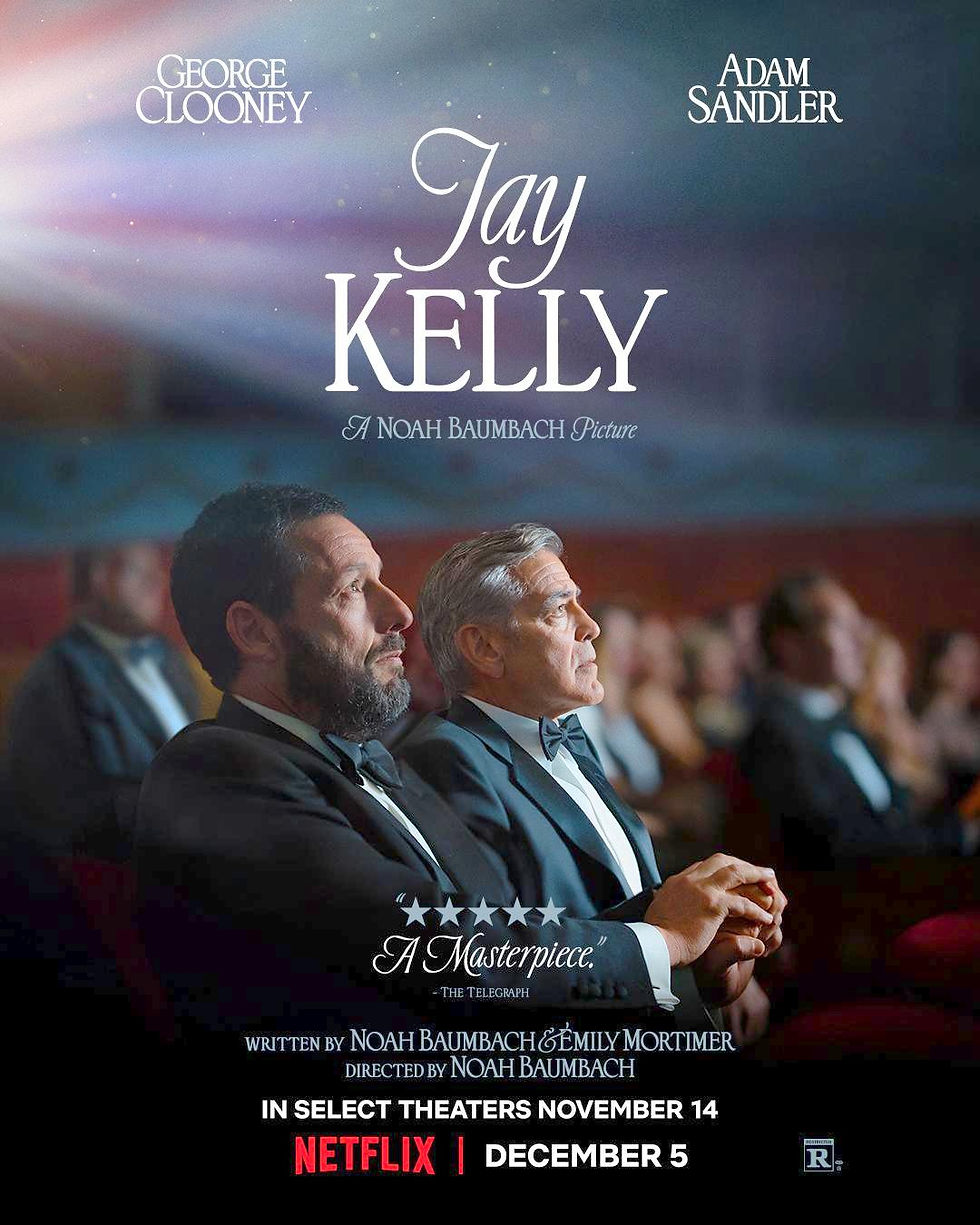“Tommaso” ★★
- 2filmcritics

- Jun 14, 2020
- 3 min read
Updated: Jan 28, 2021
Available: Streaming through independent cinema sites, such as the Laemmles and The North Park.
An overdose of causation
Tommaso (Willem Dafoe), an American writer/actor living in Rome (as Dafoe does) appears to have an idyllic existence, grounded in family, community, and work. He lives with his 29-year-old Moldavian wife, Kikki (played by Cristina Chirac, wife of director Abel Ferrara, who also lives in Rome), and their 3-year-old daughter Deedee (Anna Ferrara, Ferrara’s daughter), in an apartment near Piazza Vittorio, a busy, ethnic neighborhood in Rome’s center, and the subject of Ferrara’s excellent, recent documentary, featuring his friend Dafoe (all very incestuous).

Tommaso teaches an acting workshop and takes Italian lessons (English and Italian are the shared family languages), shops at the small stores on nearby via Merulana, and chats up the barista (in Italian) at the local coffee bar. At home he cooks and writes—jotting down ideas while he minds the stove—and still makes time to take his daughter to the piazza playground, where he cheerfully entertains children by blowing soap bubbles. There’s the age difference, of course; Dafoe is 64, and looks it. But it doesn’t seem to matter. Tommaso is content. A good life, in Rome.
It can’t last, and doesn’t. Things come apart, at first slowly, then quickly and with a touch of the surreal. Life with young children can be difficult. Deedee interrupts good sex on a small couch, and Kikki complains that she spends too much time in childcare. Perhaps the age difference is a factor, for Tommaso sees, or thinks he sees, Kikki kissing a younger man in the piazza.
His rich fantasy life includes a late-night gathering with African immigrants in the piazza, Tommaso pulling his heart from his chest and passing it around.
We’ll never know what Kikki was doing or not doing; this is less the story of a couple than of Tommaso, who has his own needs and desires. His rich fantasy life includes nude women (one of them the barista); a scene of him at a police station, handcuffed, claiming to be a “seer of sorts”; two scenes involving Buddha, one of them in black and white and incomprehensible; a scene in which he observes the “younger him”; and a late-night gathering with African immigrants in the piazza, Tommaso pulling his heart from his chest and passing it around.
Tommaso’s reality is a mess, too. In several standard AA scenes—a hackneyed, boring way to bring us up to date—we learn more than we need to know about his past addictions, not only to substances but to his own actor ego and the young women that go along with it. Writing could be his salvation, but he’s only at the computer now and then, and the subject of his script—North Country ruminations on Eskimos, bears, and snow, with some sci-fi/New Age thrown in—can’t help him work through his here-and-now frustrations, which include a desk lamp that won’t work.
As if to make up for its incoherence, the story turns back to the marriage in its last half hour, with consequences that are at once tragic and inexplicable--and possibly unreal, given that Tommaso’s head is such an active place. And finally, there’s Tommaso, Christ-like at Stazione Termini.
Dafoe, never disappointing, gives a captivating, if confusing, performance as Tommaso.
Ferrara has gone from a cult-status director of gritty, off-beat New York City dramas to big budget, well-regarded films (“Bad Lieutenant,” 1992). Here the 68-year-old escapee from Gotham chooses semi-autobiography. Any production of Ferrara’s should be worth watching, especially one featuring the talented Dafoe and Rome. Dafoe, never disappointing, gives a captivating, if confusing, performance as Tommaso. And Rome, for those who know it well—or want to (there’s no Coliseum or St. Peter’s here)—is always seductive.
As a whole, “Tommaso” is none of these: not captivating, not seductive, barely worth watching. Ferrara’s latest effort suffers from an overdose of causation: we’d like to care about the character and understand his tortured psyche, but even a careful sifting through the emotional detritus yields no satisfying idea of whatever is eating away at him, whatever has made it impossible for him to hold on to the good life in Rome. Sometimes less is more.
Date: 2019
Director: Abel Ferrara
Starring: Willem Dafoe, Cristina Chirac, Anna Ferrara
Languages: Italian and English; subtitled in Italian
Runtime: 115 minutes




Comments